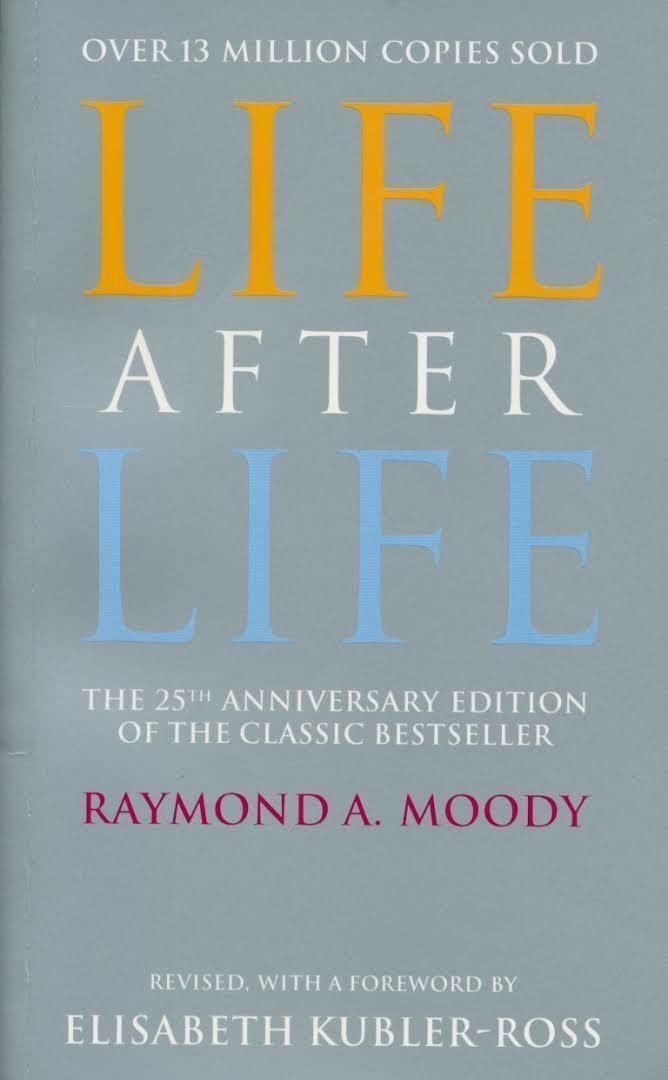Publisher Mockingbird Books Media type Print ISBN 978-0-89176-037-5 OCLC 12173853 | Publication date 1975 Pages 175 Originally published 1975 Page count 175 | |
 | ||
Similar Raymond Moody books, Near-death experience books, Other books | ||
Life After Life is a 1975 book written by psychiatrist Raymond Moody. It is a report on a qualitative study in which Moody interviewed 150 people who had undergone near-death experiences (NDEs). The book presents the author's composite account of what it is like to die. On the basis of his collection of cases, Moody identified a common set of elements in NDEs:
Life After Life sold more than 13 million copies, was translated into a dozen foreign languages and became an international best seller, which made the subject of NDEs popular and opened the way for many other studies.
Reception
Scientists have written that Moody's alleged evidence for an afterlife is flawed, logically and empirically. The psychologist James Alcock has noted that "[Moody] appears to ignore a great deal of the scientific literature dealing with hallucinatory experiences in general, just as he quickly glosses over the very real limitations of his research method."
The philosopher Paul Kurtz has written that Moody's evidence for the NDE is based on personal interviews and anecdotal accounts and there has been no statistical analyses of his data. According to Kurtz "there is no reliable evidence that people who report such experiences have died and returned, or that consciousness exists separate from the brain or body."
